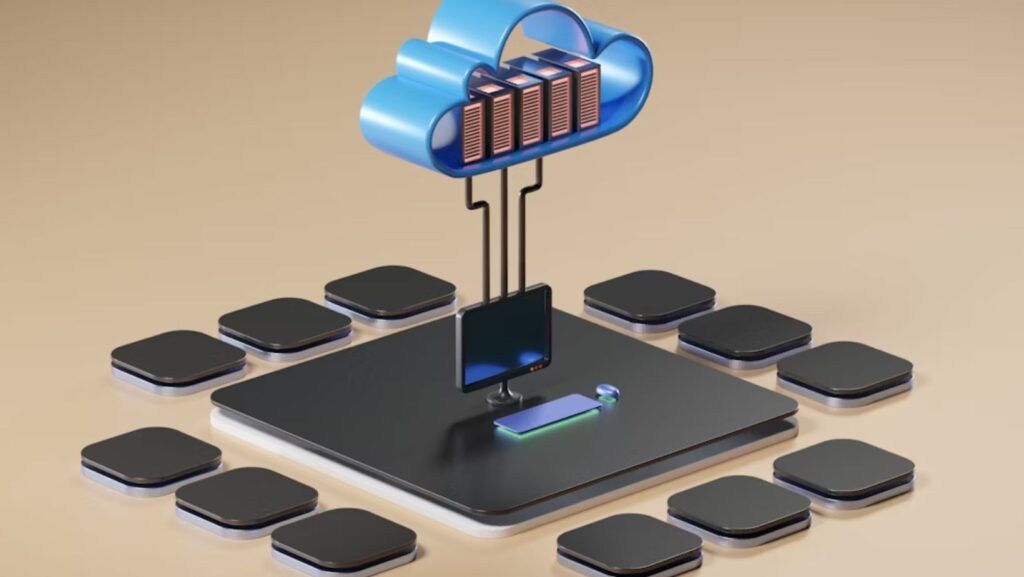Back when the only option was to run on-premise business software, the decision was simple. You’d purchase a tool and start running it on your office desktops. However, now, cloud infrastructure makes up a big part of the software world, growing by over $20 billion in just the first half of 2025 alone.
Modern businesses have to decide if they want to run software in the cloud or on in-house servers. Both options have their advantages, but the best selection for you will depend on your resources and operational priorities. Let’s look closely at how these two approaches impact performance, cost, security, and adaptability to help you make this choice.
Cloud-Based vs. On-Premise Software: A Comparison
We’ll look at different aspects of both these options below. Keep your requirements in mind as you’re shaping your decision.
Control and Oversight
On-premise software puts every part of the system under company control. You can oversee servers, upgrades, and security protocols. In industries where regulatory pressure is intense or organizations deal with sensitive information, this complete ownership is an appealing point.
Cloud solutions shift responsibility to the provider. Companies rely on shared security and infrastructure. However, you also benefit from constant updates, data redundancy, and access from anywhere.
Security Approaches
In-house deployment of a tool allows full authority over firewalls, access control, and encryption. That level of vigilance requires continuous investment in people and technology. Cloud providers invest heavily in advanced security frameworks, which may be stronger than what most companies can build on their own. Encryption, multi-factor authentication, and compliance certifications are standard features across major platforms.
Innovation Potential
Cloud platforms align with modern strategies like AI in DevOps, where machine learning can predict failures and monitor deployments. These integrations are harder to maintain in on-premise environments due to slower upgrade cycles. If you compare the two, cloud stands out as the more innovation-friendly option.
Performance and Reliability
On-premise setups work well for local operations. They’re not dependent on internet access, which helps with speed in single-location environments. Meanwhile, cloud-based systems offer better accessibility, as teams can connect from anywhere with a secure connection, so they’re suitable for distributed workforces.
Cost Considerations
The upfront investments for on-premise software are much higher, as the company is responsible for covering hardware, installation, licensing, and ongoing maintenance costs. In contrast, cloud software converts these costs into recurring subscriptions. Over time, the subscription model can equal or surpass the price of on-premise, but it provides more flexibility when adjusting capacity.

Costs scale with usage, which lowers the barrier for smaller organizations. For example, smaller businesses like salons, clinics, spas, and internet cafes can move to cloud software without splurging upfront.
Which Should You Choose?
First, identify your priorities and requirements. If you’re a company that needs direct control over infrastructure and prefers housing sensitive data in your own environment without any involvement of external providers, take the on-premise route. However, if you value accessibility, lower entry costs, mobile access, and scalability, the cloud is ideal for you.
These days, many vendors provide both cloud and on-premise versions of their platform. For example, Mapcon, a maintenance software, lets you pay a small monthly subscription fee or own the on-premise version for a larger upfront sum, depending on your resource availability. Such flexibility in choice lets businesses choose the model that fits their current need or even switch later if their priorities change.
Endnote
As we’ve shared, choosing between on-premise and cloud-based software comes down to aligning tech with business priorities. Neither model is universally right or wrong. The right choice for you will ultimately depend on how you plan to use the software, your security needs, innovation requirements, budget, and accessibility needs.


